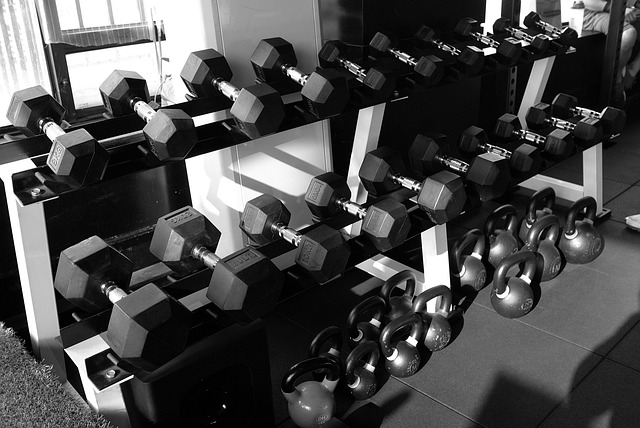When it comes to improving cardio fitness, one of the most underrated aspects is the respiratory technique. Often, we focus on running longer distances or pushing harder in the gym, but the way we breathe can make a profound difference in our overall performance and health. Mastering proper breathing techniques can enhance oxygen flow, boost endurance, and make any workout session feel less daunting.
Understanding the role of breathing in fitness is crucial. When we engage in high-intensity activities, our muscles demand more oxygen, and our body needs to respond accordingly. By incorporating efficient respiratory techniques, you can optimize your workouts, ensuring that you maintain stamina throughout your training. This not only improves your physical fitness but also contributes to mental clarity and resilience, further enriching your health and activity levels.
A simple yet effective breathing technique to master is diaphragmatic breathing. Instead of shallow breaths that engage only the upper chest, this method promotes deep abdominal breaths. By using the diaphragm, you can draw in more air, which increases lung capacity and provides your body with the oxygen it needs during strenuous exercises. Start by lying down or sitting comfortably, placing one hand on your chest and the other on your belly. Inhale deeply through your nose so that your stomach rises, while keeping your chest relatively still. Exhale slowly through your mouth, feeling the belly fall. Practice this technique regularly to become more adept and to integrate it into your workouts.
Additionally, it’s important to align your breathing with your activities. For runners, timing each breath with your steps can enhance endurance. Try inhaling for three steps and exhaling for two; this pattern not only provides a steady rhythm but also minimizes your risk of side stitches. Whether you’re cycling, swimming, or engaging in high-intensity interval training, focus on consistent breathing to keep your heart rate manageable and your mind focused.
Breathing techniques can also contribute to recovery, an often-overlooked aspect of fitness. Incorporating mindful breathing practices such as yoga or meditation helps lower heart rates and reduces stress levels, allowing your body to recover more efficiently. A well-recovered body is more prepared for the next round of training, creating a cycle of continuous improvement in your cardio fitness.
Incorporating these respiratory techniques into your fitness regimen can lead to improved health, enhanced performance in activity, and a greater understanding of your body’s capabilities. As you develop your skills in breathing and pair them with your physical training, you’ll not only see improvements in cardio fitness but also cultivate a deeper connection with your overall well-being. Embrace the power of your breath and watch your fitness journey transform!



